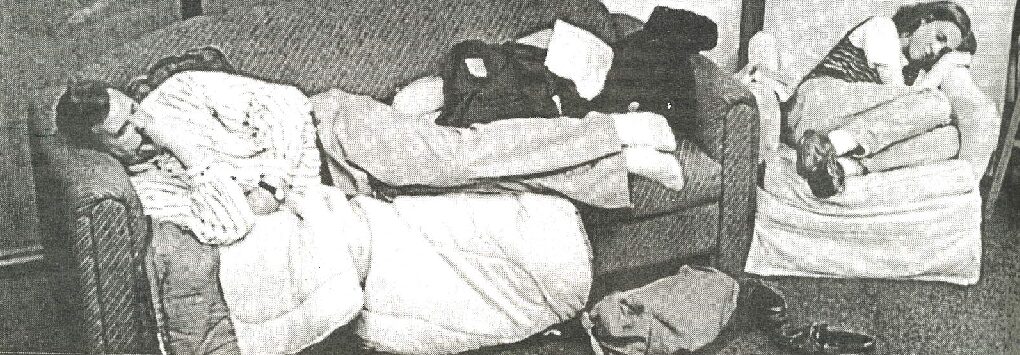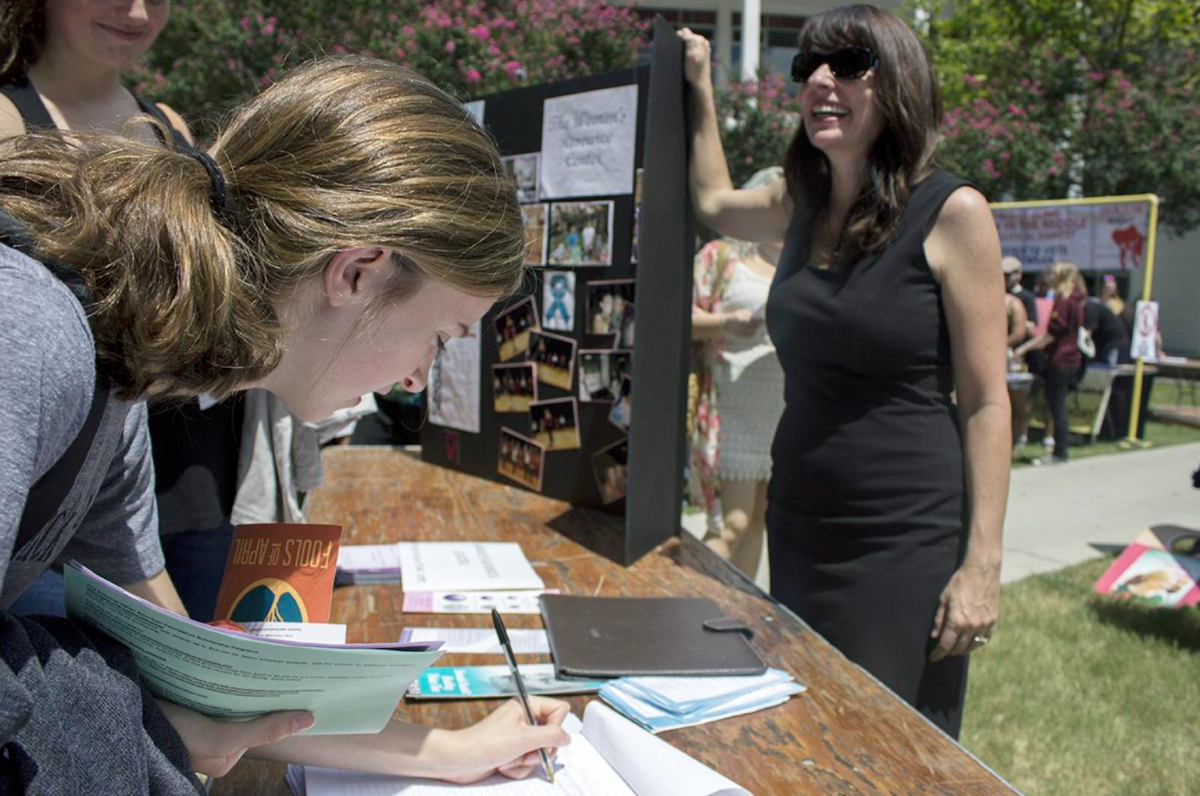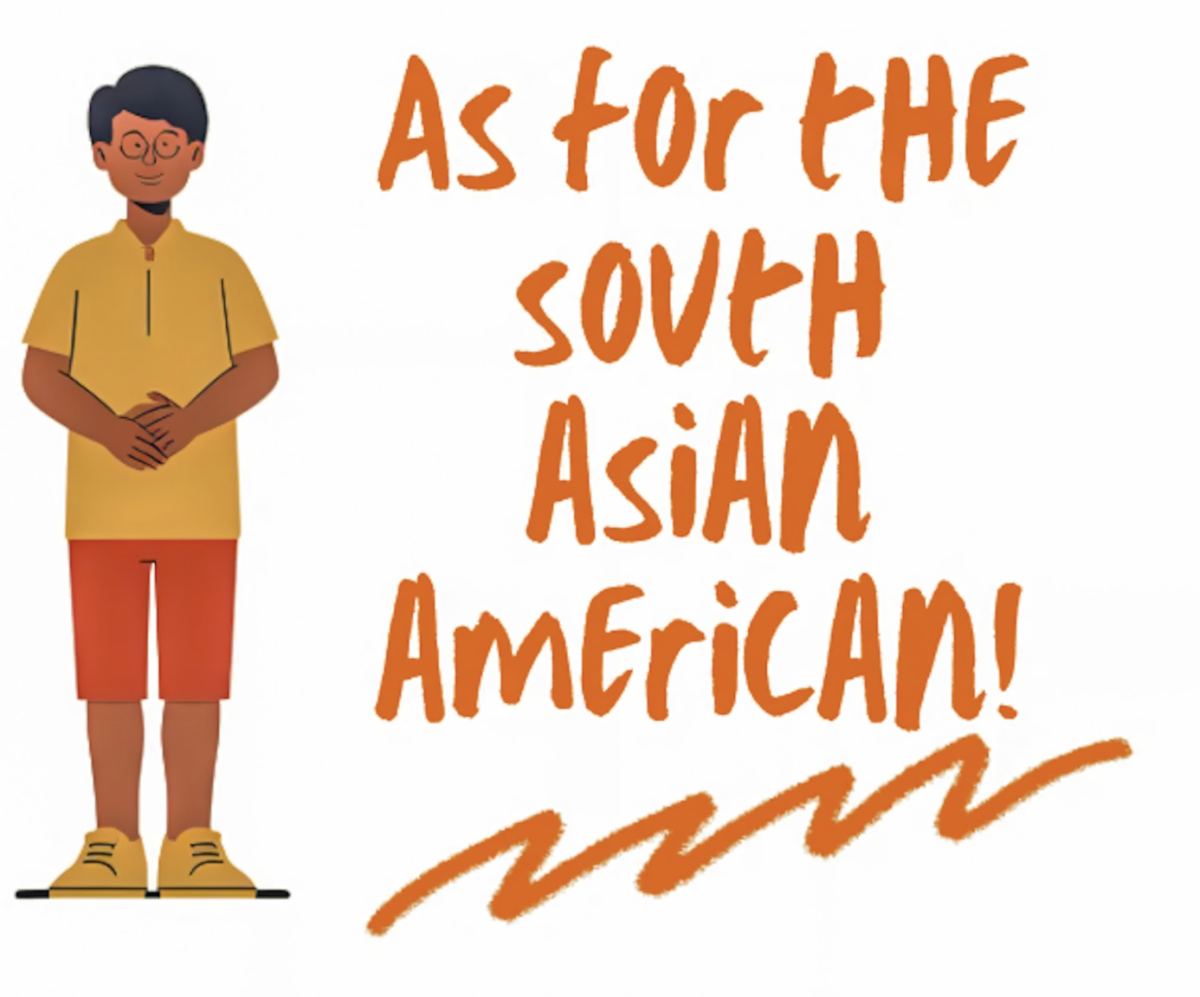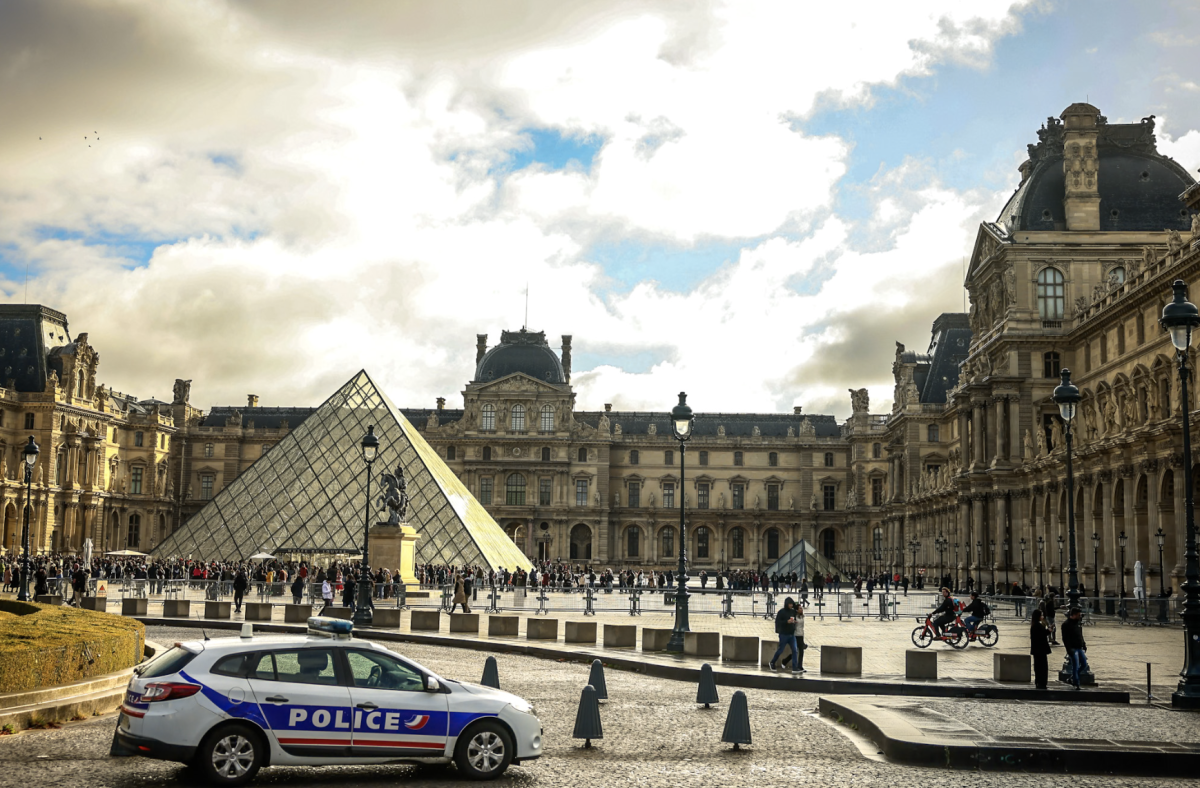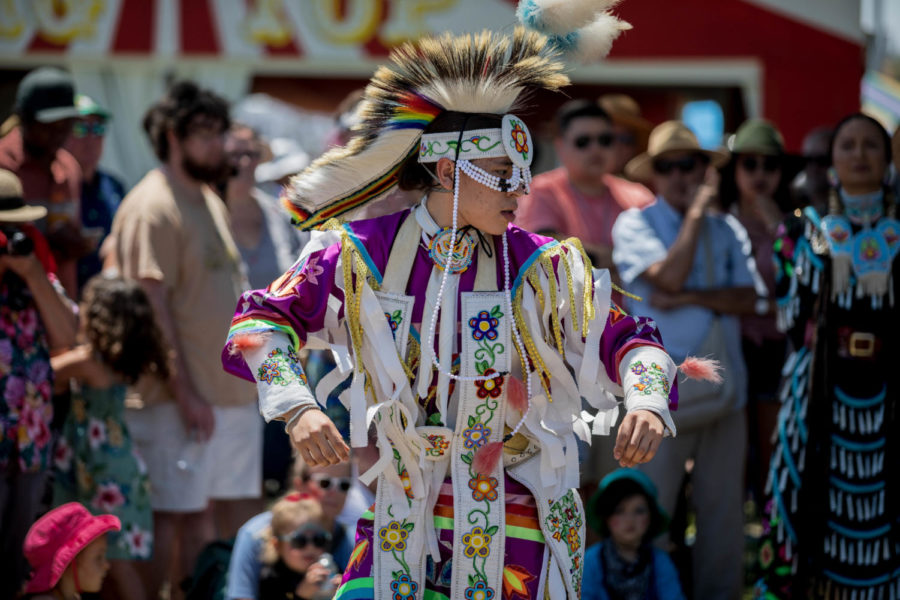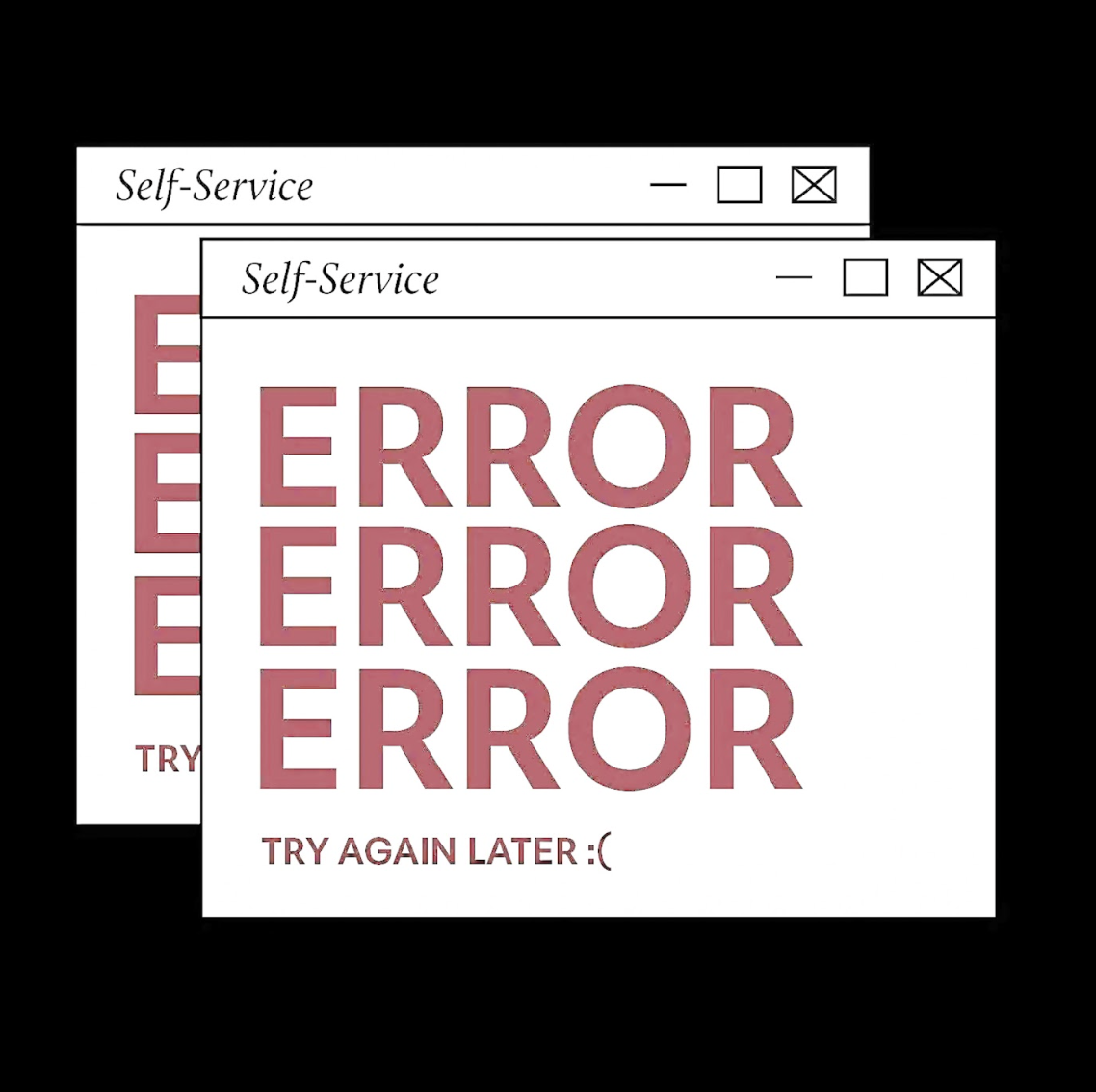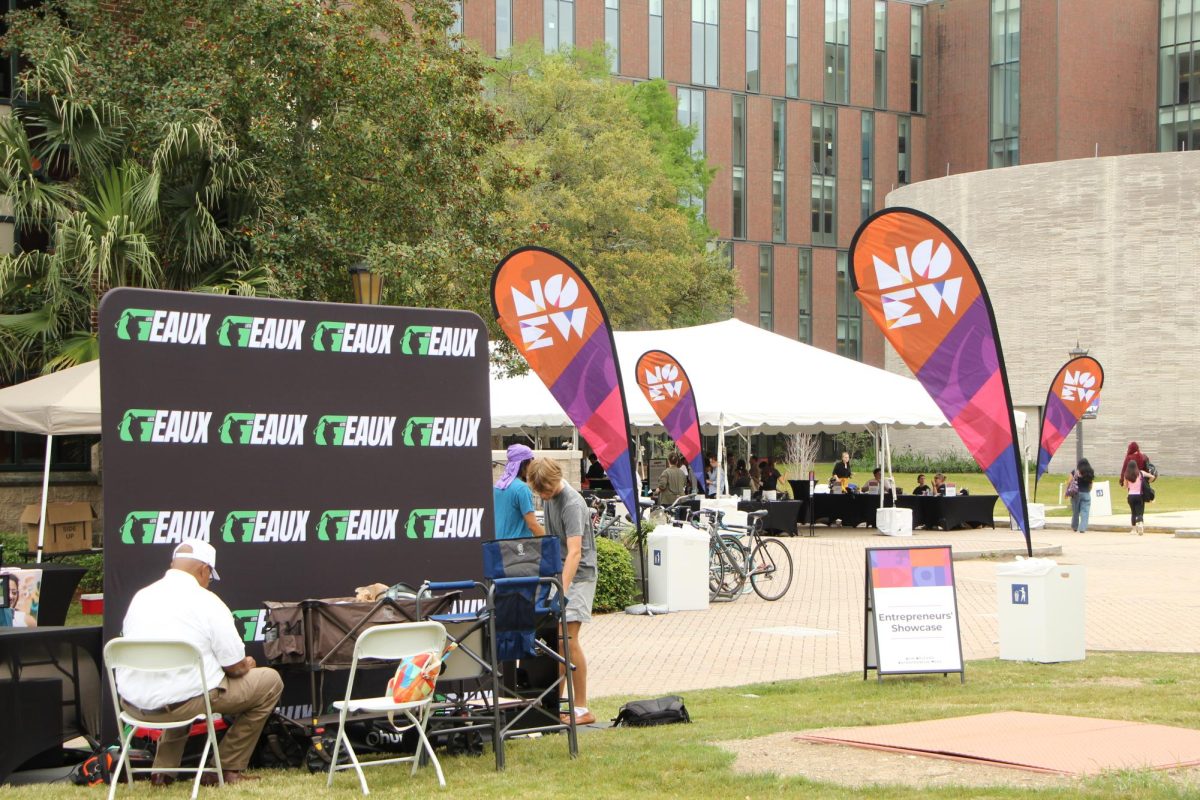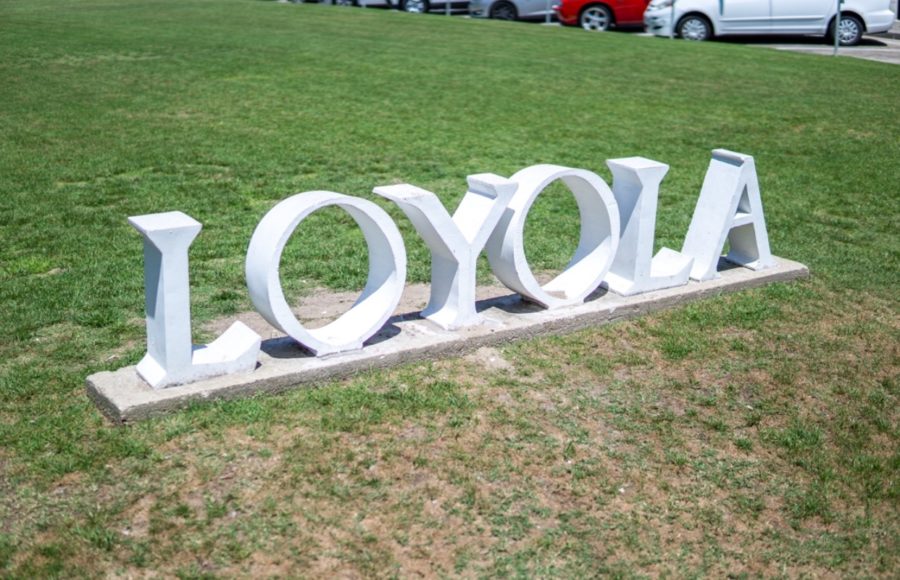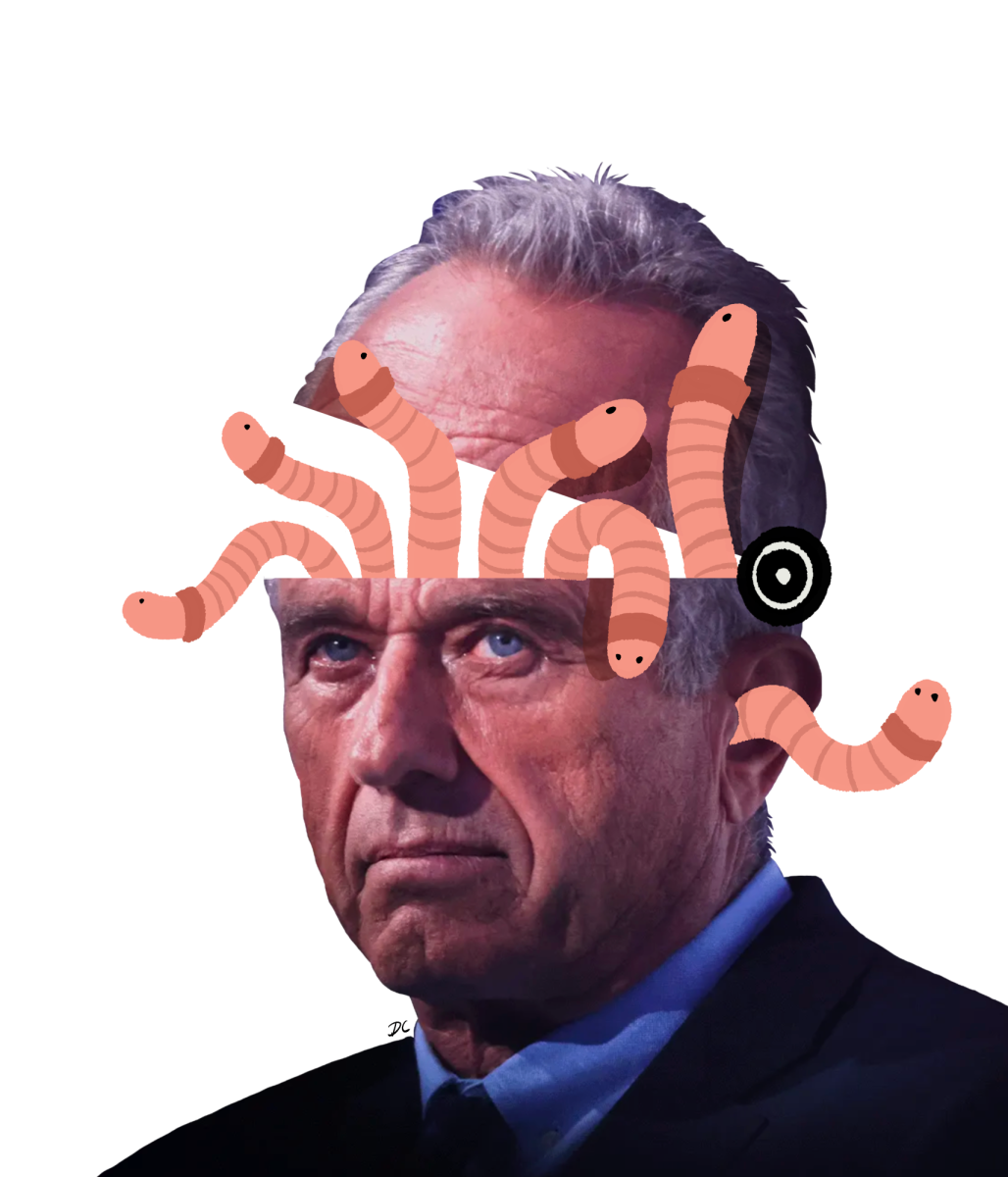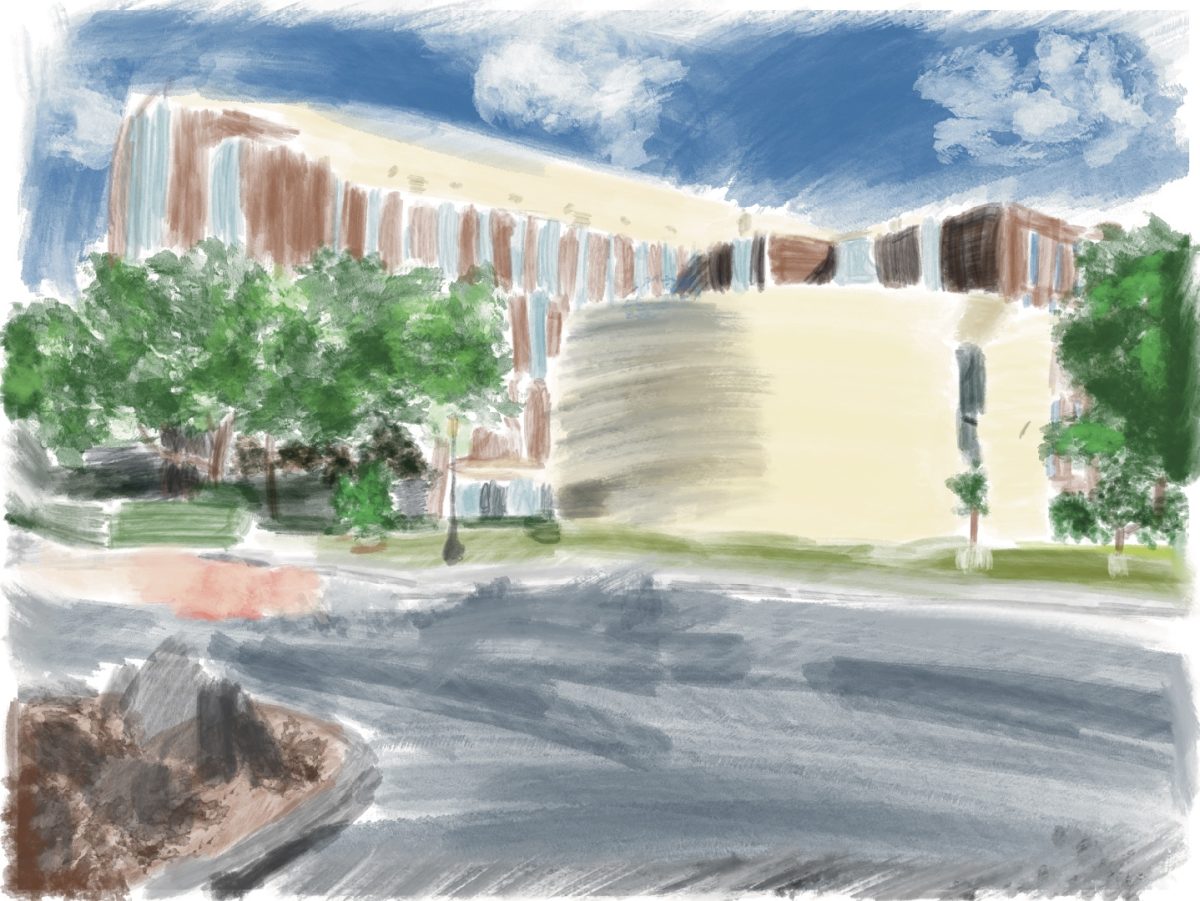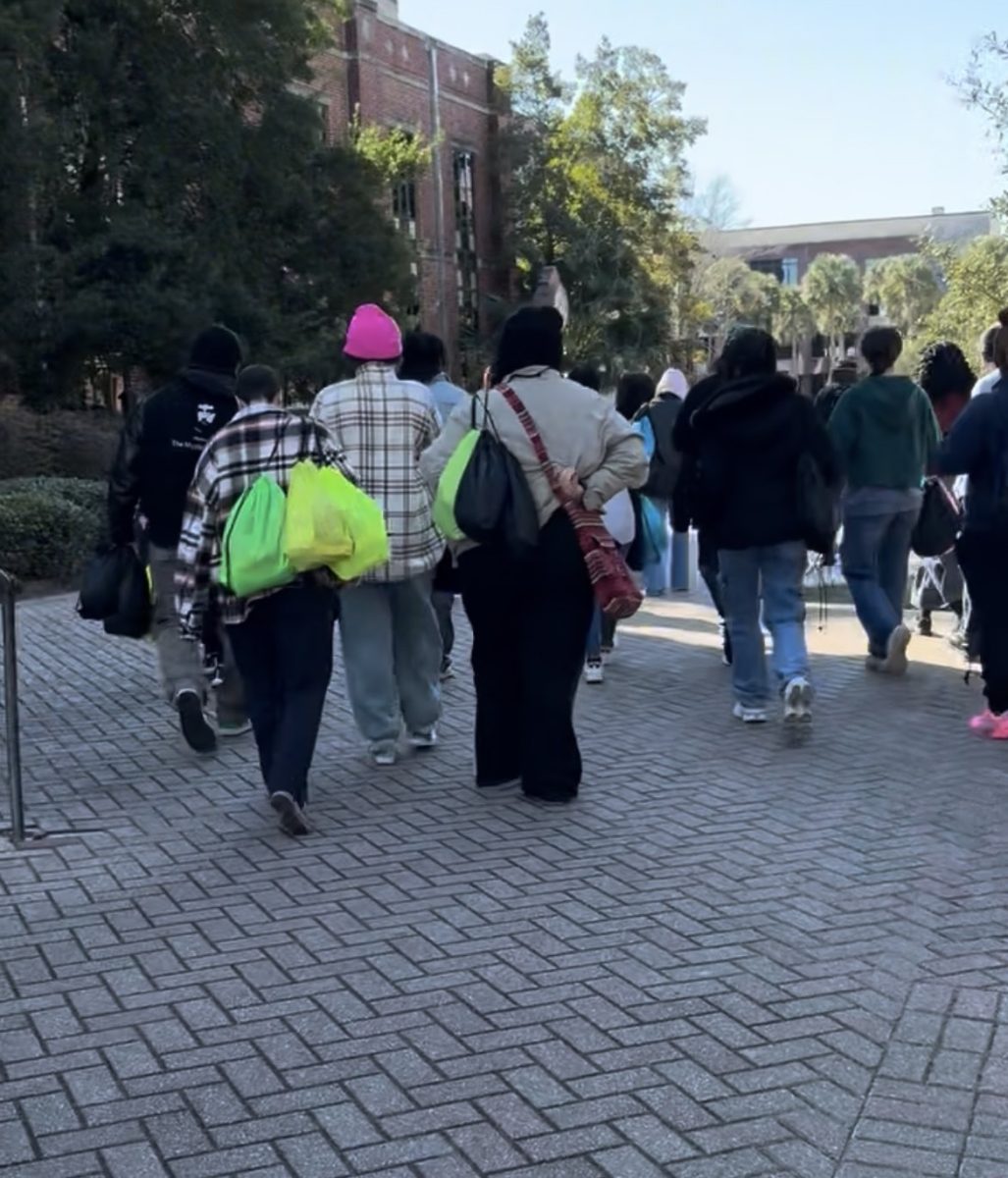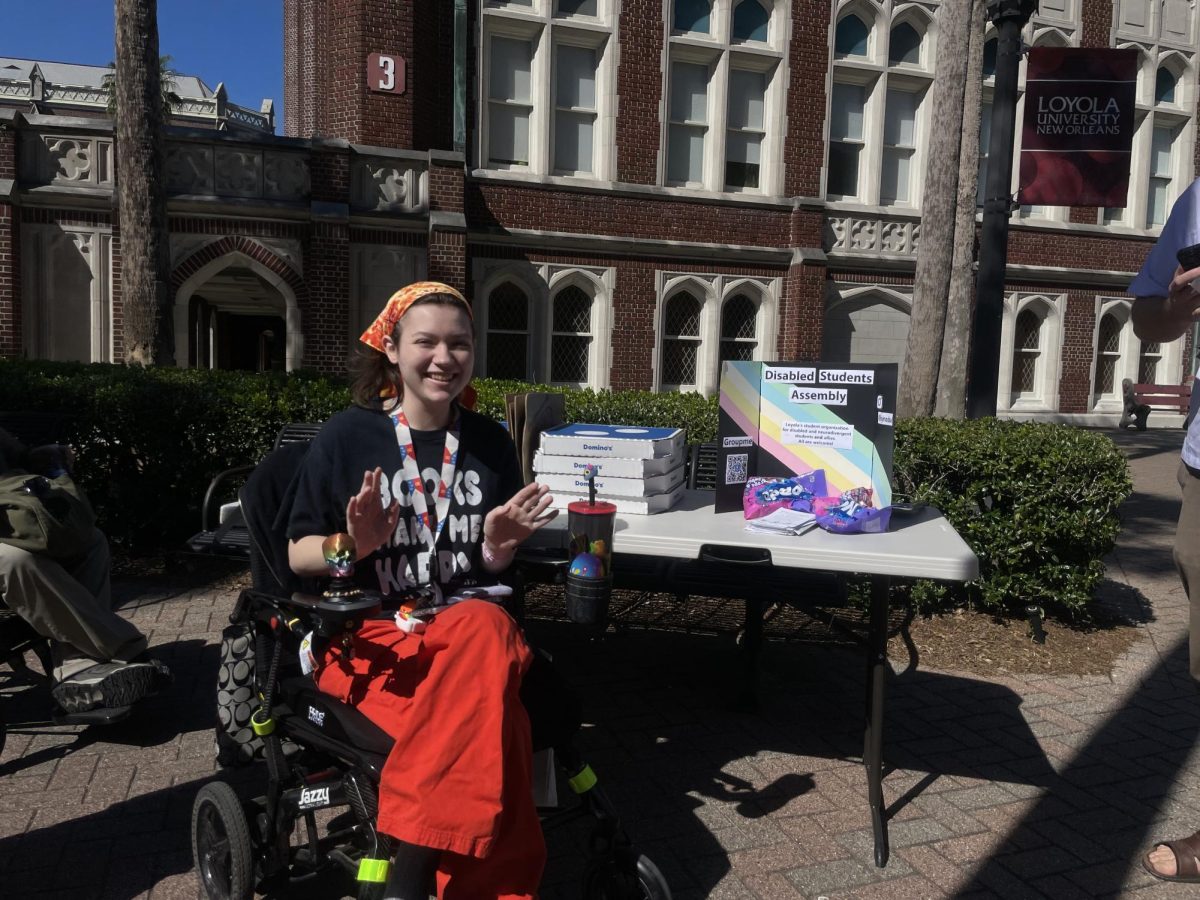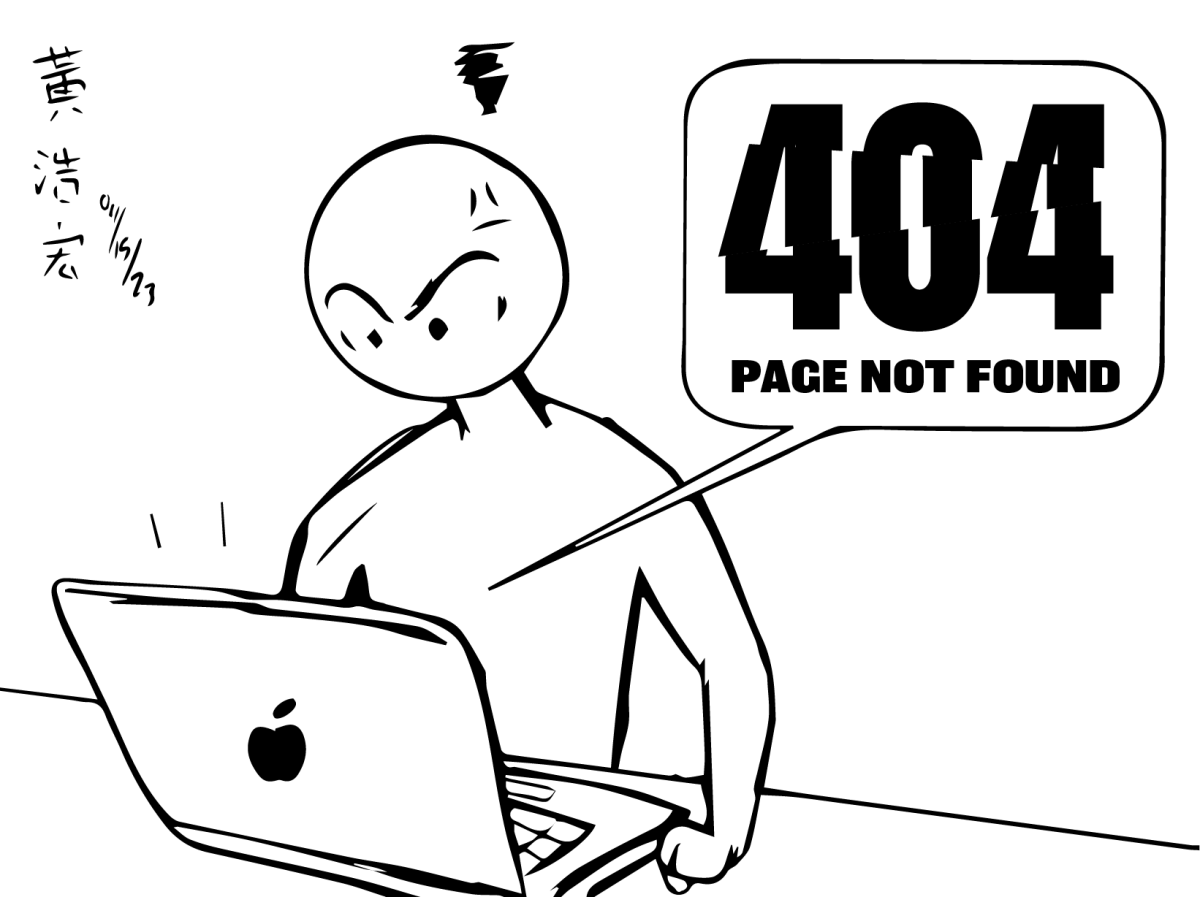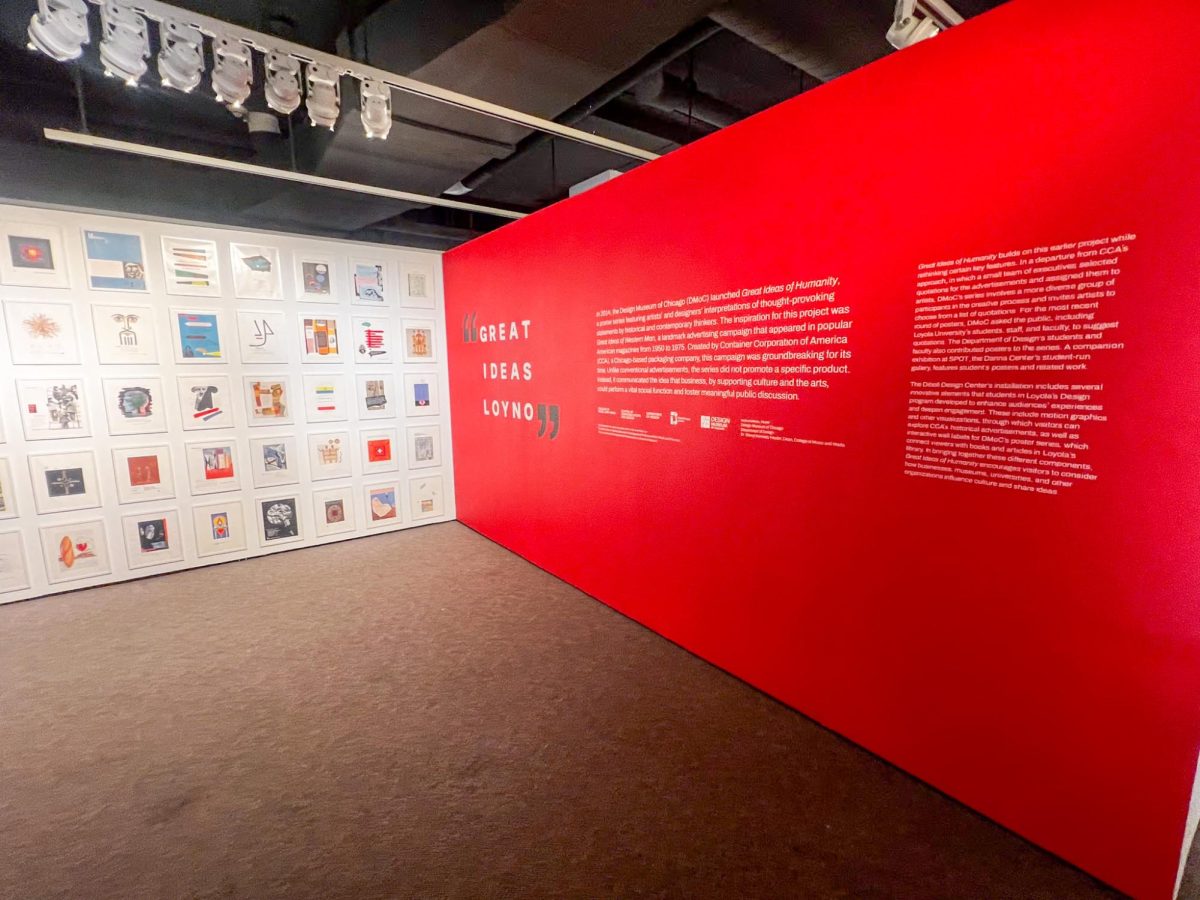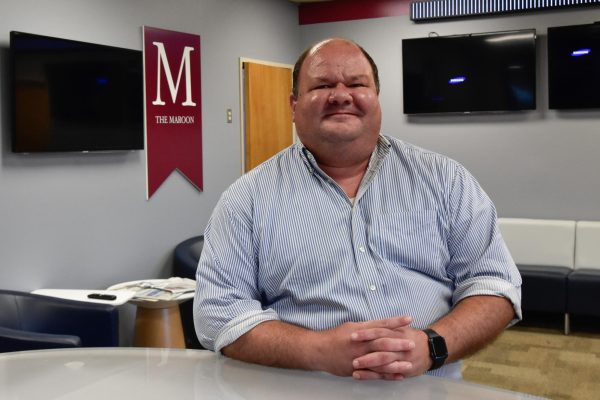The Maroon’s code of ethics calls for us to be a mirror and a lamp — reflecting the campus back to itself, and shining light on all aspects of the university.
That is a pretty good metaphor for how we should conduct ourselves. But there is another image I would like to suggest – a string that ties together the Loyola community.
If Loyola has one unified community narrative, it is The Maroon that has had the privilege and the duty of pulling it together. I would go so far as to say that without The Maroon, Loyola would struggle with its collective identity.
Now, don’t get me wrong. I am not trying to say that The Maroon always gets it right. In the end, The Maroon is made up of a community of imperfect people, most of whom are still too young to drink. While we strive to cover the entire community, we can’t always see everything that is going on.
An honest critique of our work can be that our content tends to be very Mass Communication and Journalism heavy. That is understandable; the vast majority of Marooners over the years have come from these majors.
But just because it is understandable, doesn’t mean it is forgivable. The Maroon strives to tell the entire campus’ story. If we are missing it, it is most likely that we never knew about it, and that is on us. That is why it is imperative that The Maroon actively seeks out voices from across campus and across demographics.
The Maroon has also struggled with our own demographics over its years. While the current staff is incredibly diverse, that doesn’t erase the fact that it took us 48 years from our founding to elect our first Black editor in chief — Leatrice Stevenson in 1971, and then another 44 to elect another — Nia Porter in 2015.
The Maroon is imperfect, like the community we cover. But like that community, we strive for magis — the more universal good.
In our 100 years of striving to reflect the Loyola experience, we have covered the whole spectrum of content. Flip through our archives, and you will find stories of homecoming queens and Vietnam demonstrations. You will find reviews of glee club performances and details of protests against multinational corporations flexing their muscle against vulnerable communities. And hurricanes. So many hurricanes.
We have done well in that work. We have won some of the biggest awards in college media. We have won eight Pacemakers — the most prestigious college media award, and something that was a thing long before the heart implant.
The Society of Professional Journalists gave us The Mark of Excellence award, naming us the best college newspaper at a small school in the nation for the past two years in a row.
The College Media Advisers has named The Maroon national Newsroom of the Year.
Through all of this, I am proud to be the longest-serving adviser The Maroon has had. I started in 2006, the year before the iPhone was released.
I saw us shift from a primarily print-based audience with a niche online element, to a primarily mobile audience, with a niche print element.
I saw us create our first social media accounts.
I oversaw the creation of our mobile app.
I introduced our video news show — an idea I admittedly stole from Loyola Marymount’s excellent newspaper, The Loyolan.
And I am honored to have played a small part in our National Edward R. Murrow award-winning podcast.
Through it all, as students came and went on to bigger and better things after graduating, the thing that stayed the same was the desire to tie together Loyola’s community. We have worked as a team late into the night every Wednesday to ensure Loyola’s story was told each week.
I don’t know what the Maroon will look like in another hundred years, much less in another decade, but I do know that if we continue to be the community’s mirror and its lamp, and we continue to work to tie together the community into a common narrative, we will truly have worked toward building a greater Loyola.
Michael Giusti has served as Maroon Adviser since 2006. As an undergraduate, he worked at The Maroon all four of his years, serving as editor in chief fall 1999 and spring 2000.


